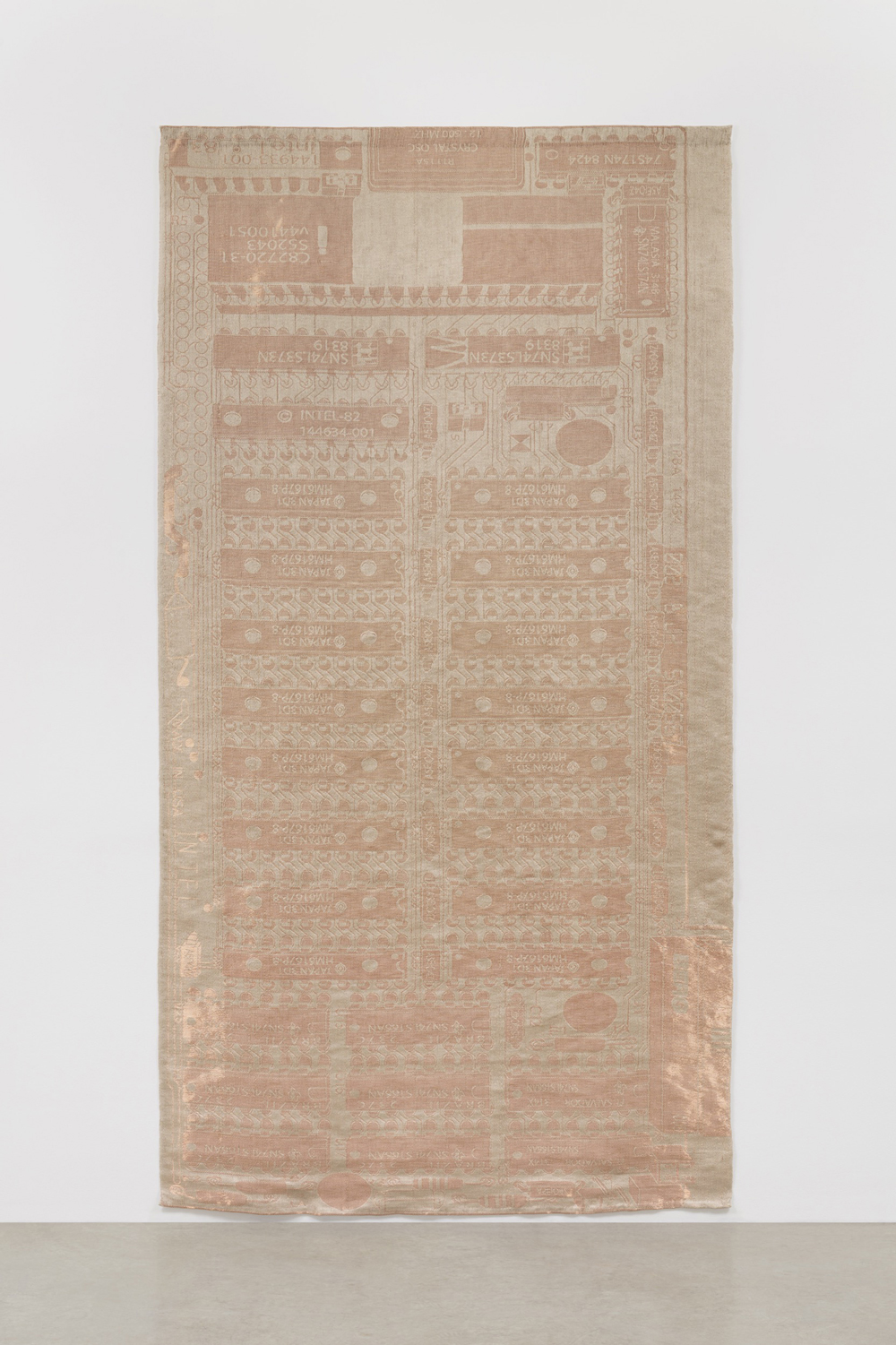Your cart is currently empty!
Frieze New York Fairgoers’ Delight sans the Fashion

Frieze New York is back for the first major in-person art fair since the pandemic—and it felt shockingly and refreshingly normal. In a time when the success or failure of an event is often based on how COVID-safe it felt, Frieze did a remarkable job at emphasizing safety leading up to the fair. By the time I entered the door, safety felt like a given, and I was left to do exactly what one would expect to do at an art fair—look at the art.
Masks were obviously required, though one gallery director who will remain nameless sat with his mask as a chin guard until enough glares and not-so-quiet comments sent him a message. There were also many quick mask removals for photos, but it seemed everyone was eager to follow the rules and grateful just to be there. Guests were required to complete a health survey 24 hours before entry and upload proof of having completed their vaccination at least two weeks prior to the fair, or provide proof of a negative COVID test. Capacity was limited and tickets were timed for entry, so those who opted for early morning arrivals like myself were left with a shockingly empty fair. The lack of buzzing excitement was confusing and unsettling at first, but it did fill up closer to noon.

Relocating from the sprawling Randall’s Island location to The Shed in Chelsea, this year’s edition was expectedly smaller with 64 galleries instead of the 200 from 2019. The big blue-chip names were there, including White Cube, which brought an impressively large Julie Mehretu aquatint etching called Six Bardos: Transmigration (2018) that the artist made with the Los Angeles publisher Gemini G.E.L. Visitors to the nearby Whitney’s current Mehretu exhibition might recognize the print, having also seen it on the museum’s wall. Apart from the large art fair staples, a few Los Angeles galleries and a sprinkling of international exhibitors, the overall makeup was predominantly regional. With more local galleries and familiar faces, it felt easier to slip back into RL networking and face-to-face small chat.


A personal favorite booth was from Tanya Bonakdar Gallery, which included a stunning new piece by Analia Saban. Installed directly onto the wall, Copper Tapestry (iSBX 275 Graphics Card, Intel, 1983) (2020) softly glowed as light reflected off of the copper wire. Part of a series from her current exhibition at the gallery’s Chelsea location, the tapestry depicts computer graphic cards from the 1980s and 90s that the artist has delicately woven into the linen. Next to Saban’s work and contributing to the ethereal glow was a geometric sculpture by Olafur Eliasson suspended in the air. Made of black transparent glass and LED lights, Glacial containment (2019) cast an immersive, kaleidoscopic silhouette onto the surrounding walls.

One exhibitor that did make the international trip was London’s Stephen Friedman Gallery, which brought a solo presentation of new paintings by Sarah Ball. With large-scale, crisp portraits, Ball explores ideas of gender, identity and social markers by focusing on subjects who reject gender and social norms and celebrate self-expression. Breathing freshness into the fair, the paintings were remarkable. I, personally, am glad they made the journey.
Art aside, a slight disappointment for me was the lack of exciting fashion. While there were a few visitors and gallery staff who donned their best, the typical displays of wild colors, mismatched patterns and luxurious materials were sorely lacking. People were certainly well dressed, but it seems the pandemic has taken the wind out of fairgoers’ sartorial sails. Visitors in general appeared to be art professionals. Missing were the groups of curious, culture-seeking young people and art students, perhaps due to the ticket price or the rate at which they sold out.

Overall, given the circumstances, Frieze was a success. While the energy fell flat at times, the experience felt as close to normal as anything over the last year and the fact that it even happened is a promising sign and major progress.